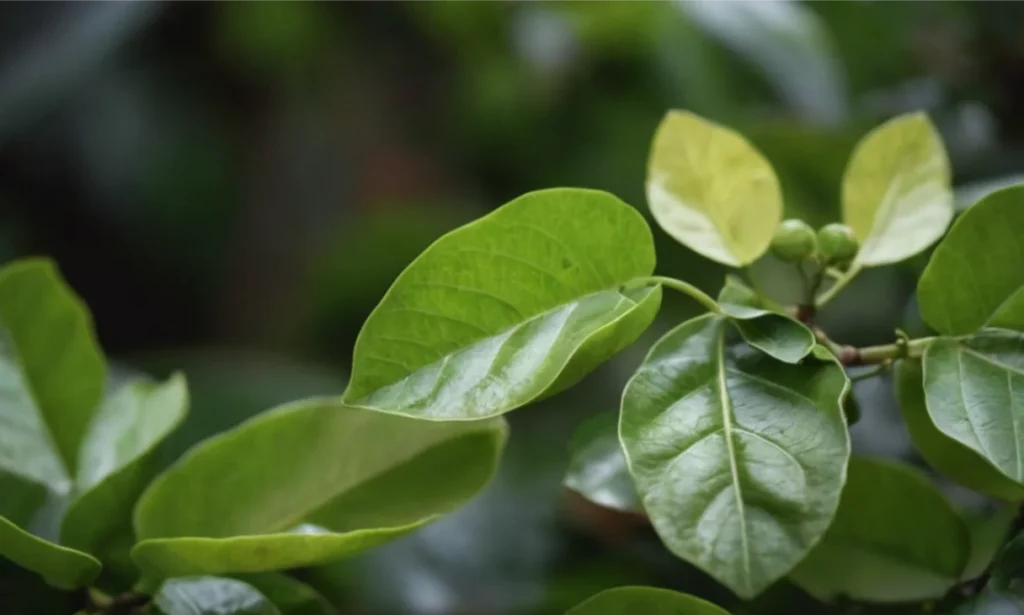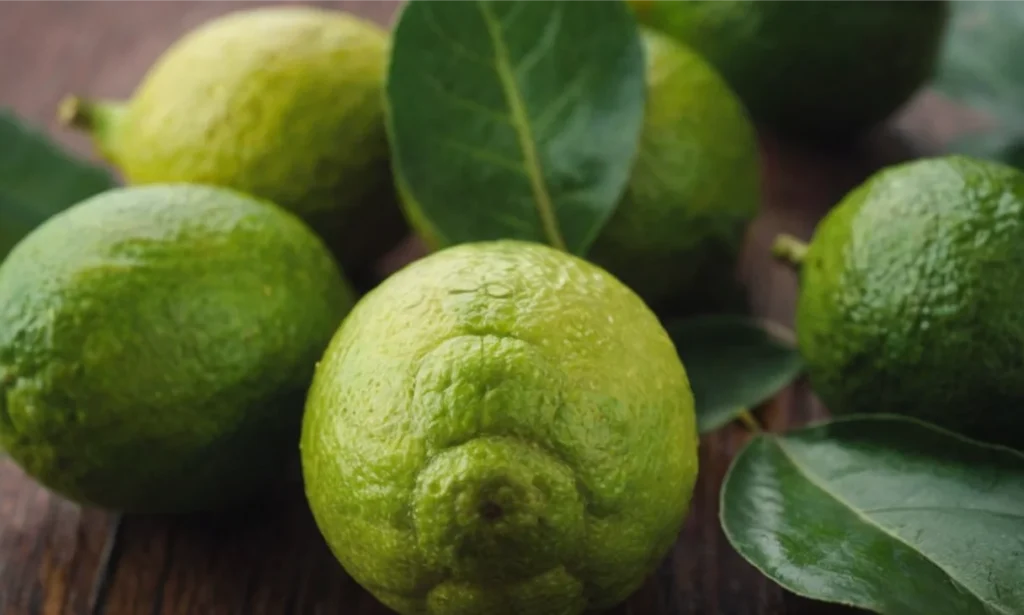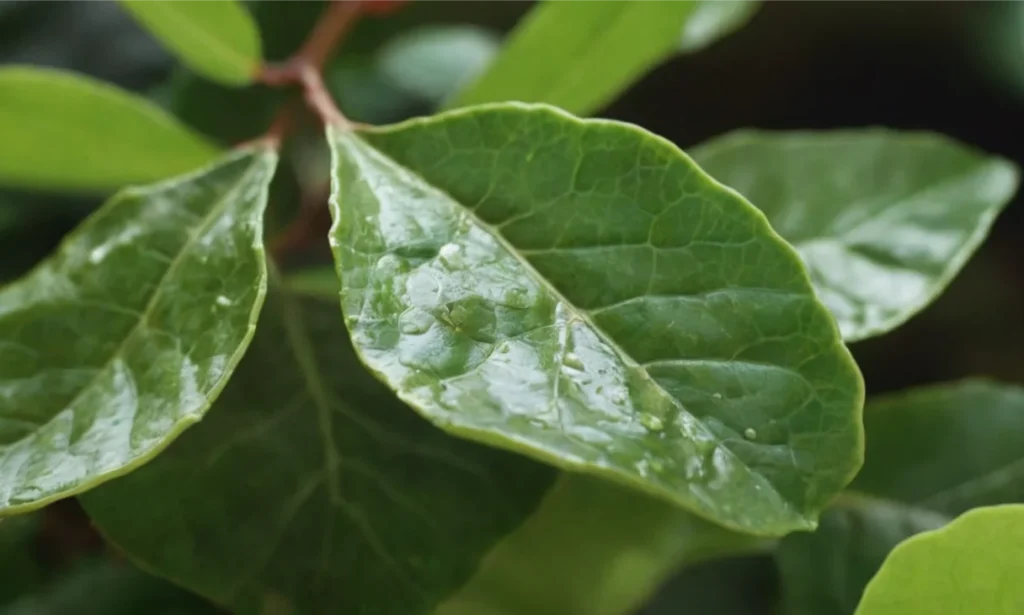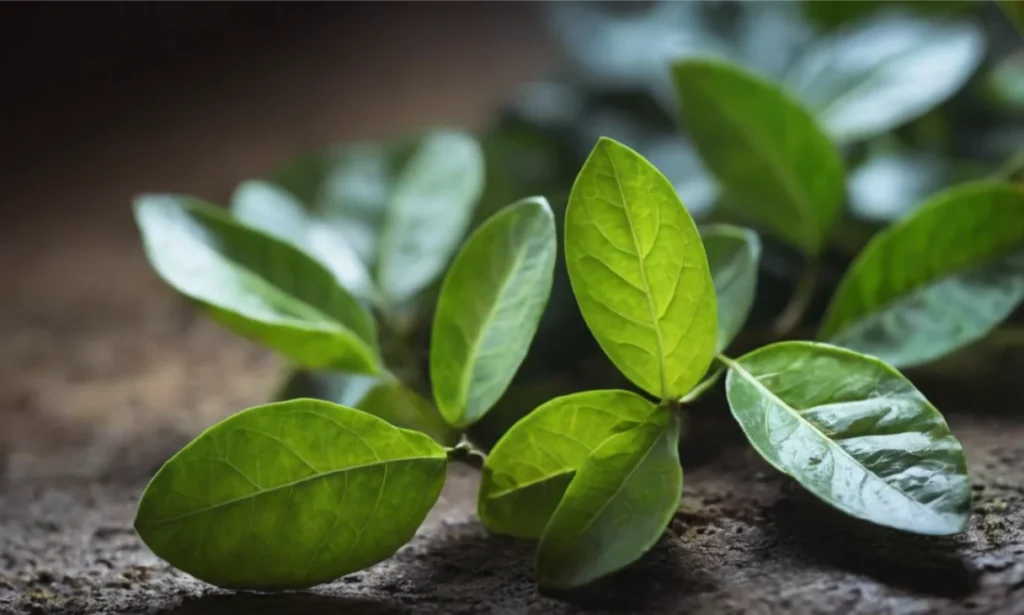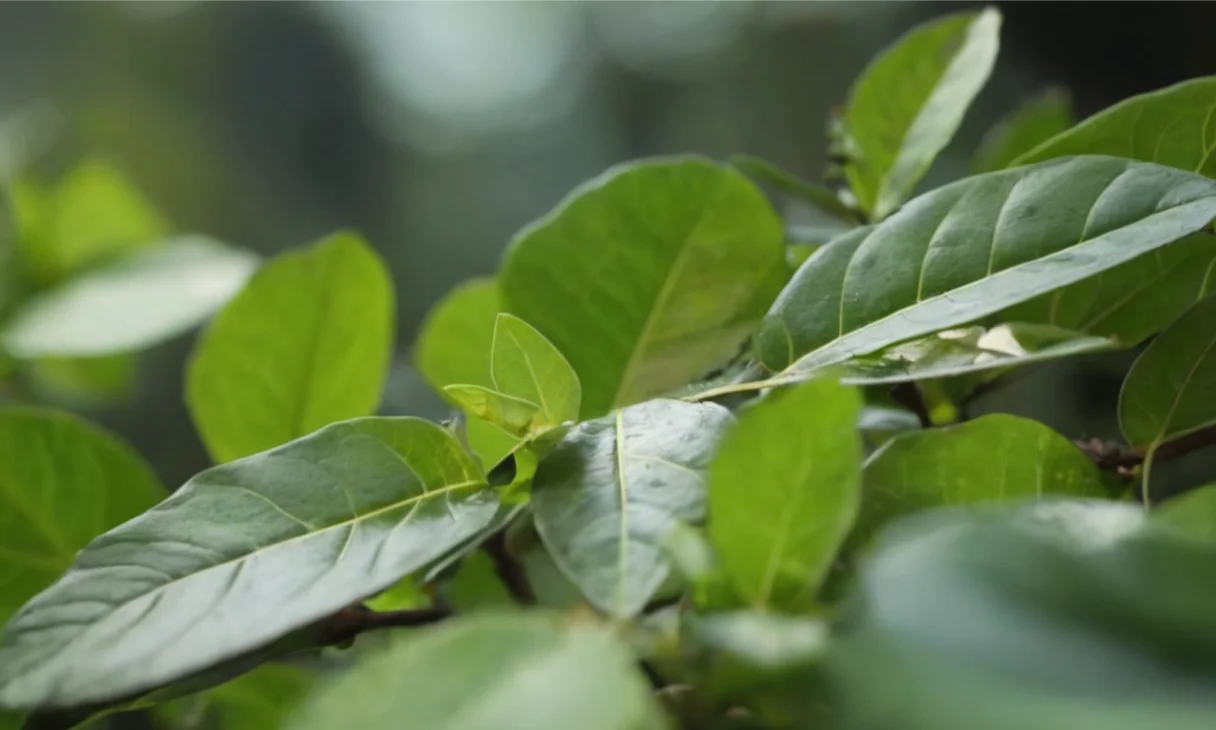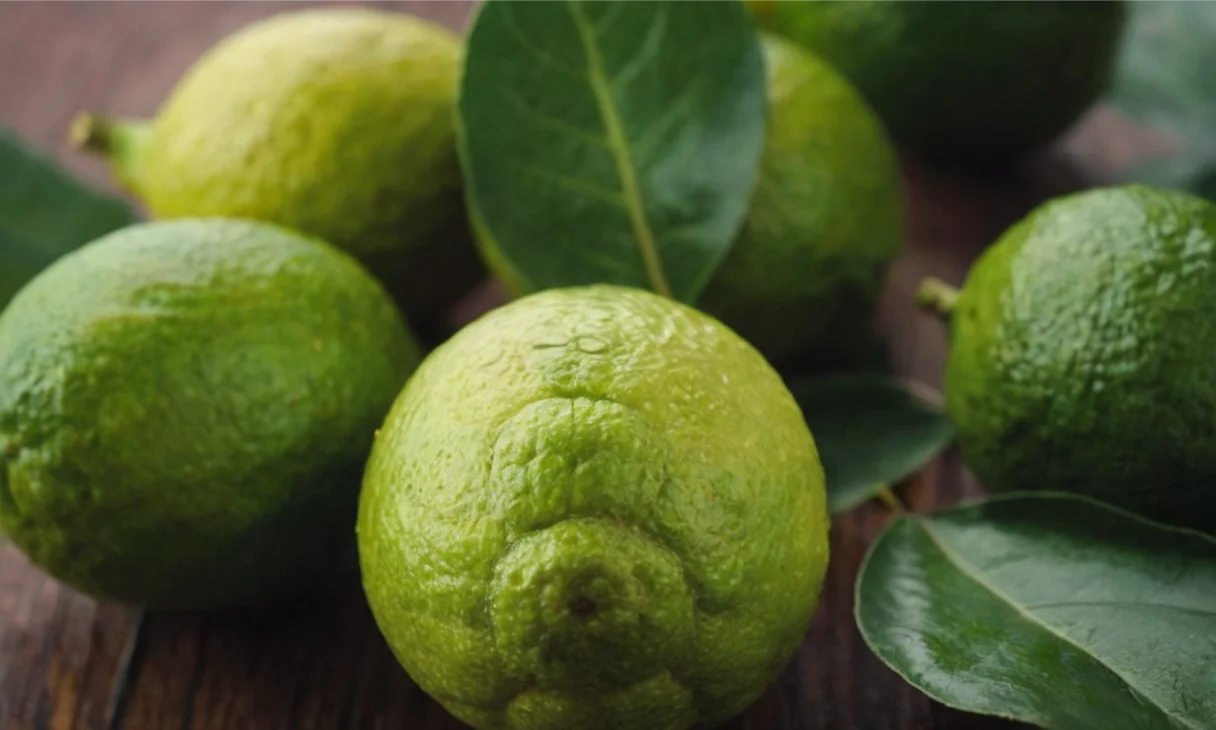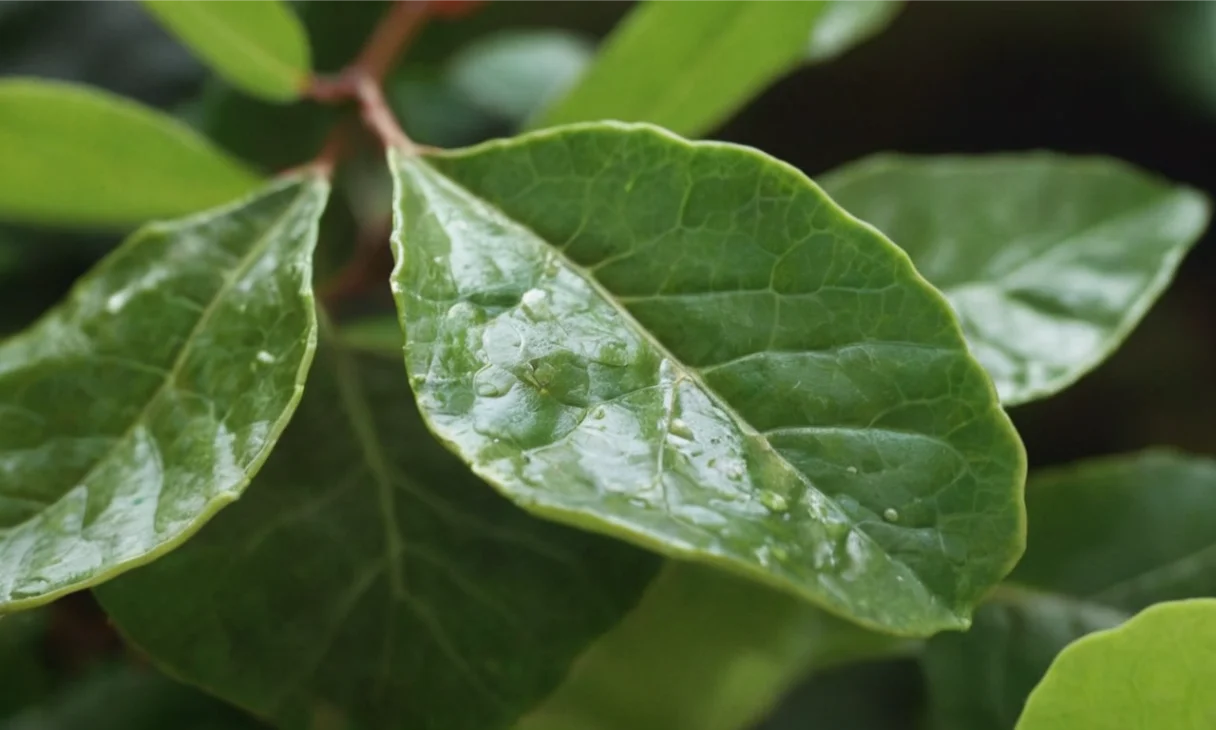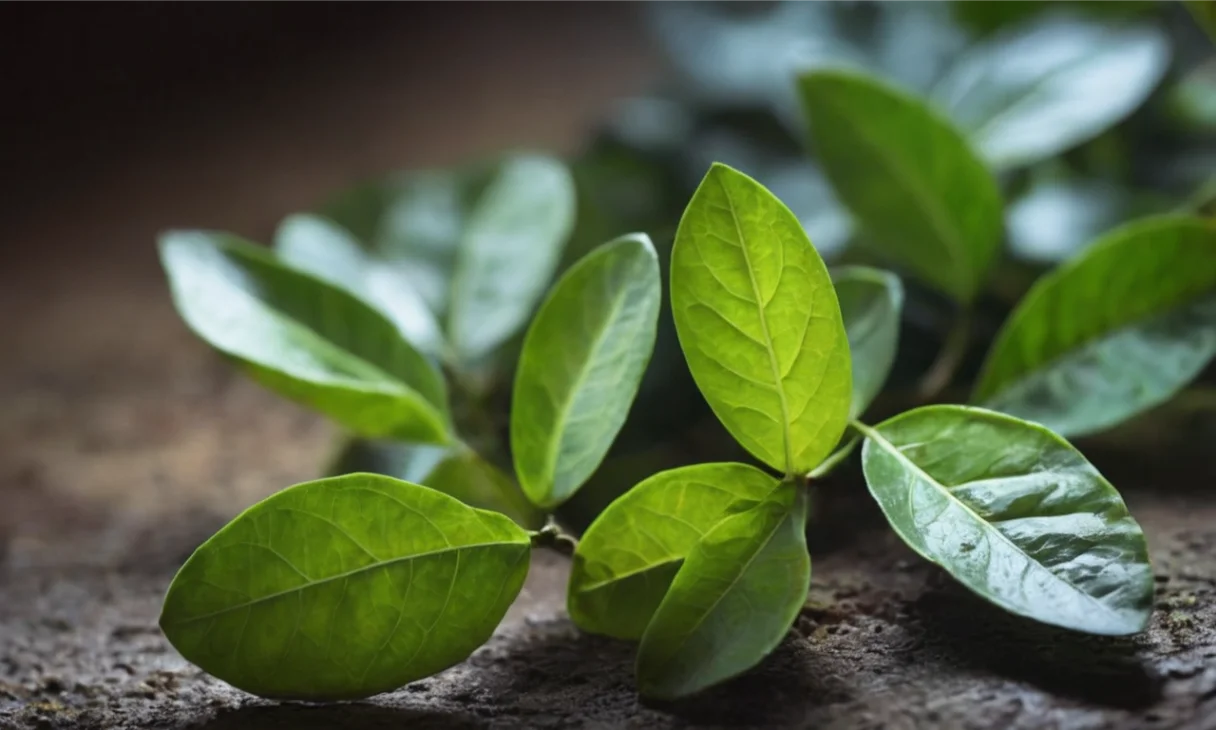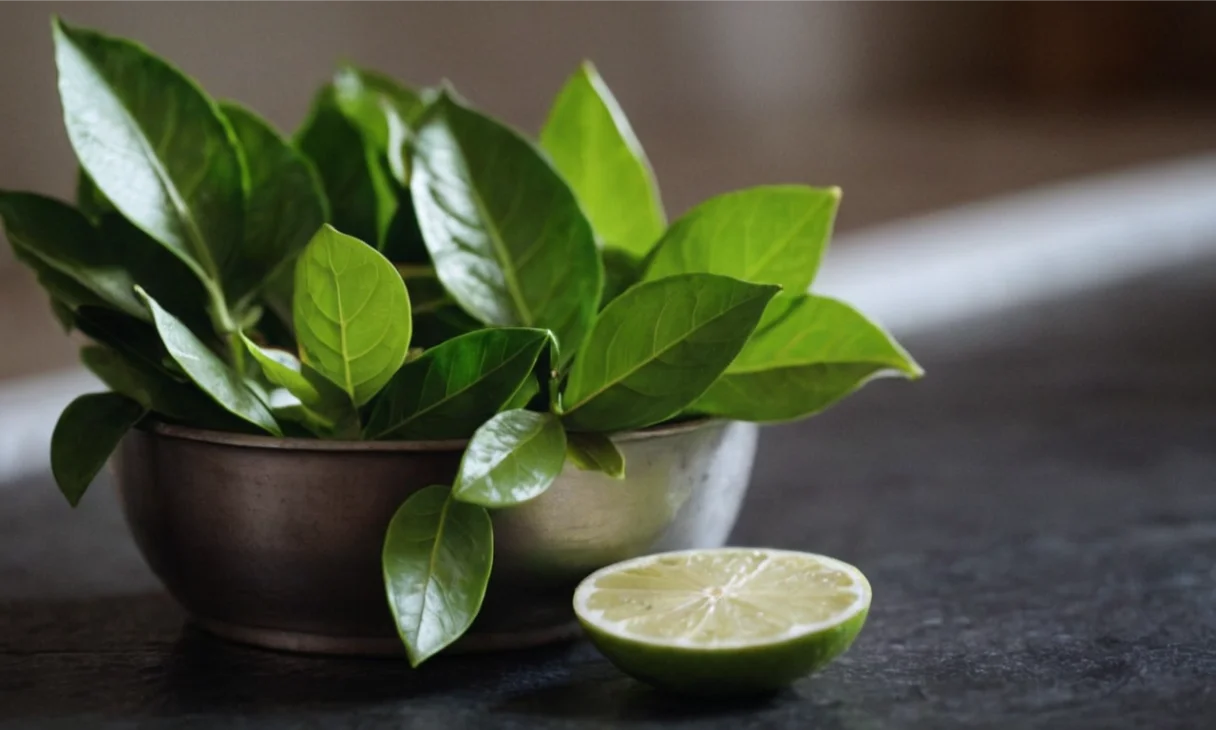19 Interesting Facts About Kaffir Lime Leaves
Introduction
The kaffir lime, also known as makrut lime or Thai lime, is a citrus fruit that is widely used in Southeast Asian cuisine. Its aromatic leaves are one of the most distinctive ingredients in Thai cooking, adding a bright, zesty fragrance and flavor to dishes.
While the kaffir lime itself may look unremarkable, its leaves pack a flavorful punch and have an interesting history. Read on to discover 19 fascinating facts about these dynamic leaves that are integral to Thai and other Southeast Asian cuisines.
Interesting Facts About Kaffir Lime Leaves
- Kaffir lime leaves come from the thorny kaffir lime bush, which can grow over 10 feet tall. The hourglass-shaped leaves pair a leaf blade with a flattened midrib.
- The scientific name for the kaffir lime plant is Citrus hystrix. It’s classified in the rue family, Rutaceae.
- There’s some uncertainty around how the name “kaffir lime” originated. “Kaffir” likely derives from the Arabic word for infidel, but how it became associated with this fruit is unclear.
- Kaffir lime leaves are highly aromatic because cells containing volatile essential oils are packed into their rinds and leaves. The oils provide an intense citrus fragrance.
- In Thai cooking, these leaves are called bai makrut, translating to “leaves of the makrut lime.”
- The double leaves can be used fresh, dried, or frozen to flavor dishes like Thai curries, stir fries, and soups. Dried leaves are often added to rice dishes.
- Kaffir lime leaves can also be finely shredded or ground to a powder for culinary use after drying. Powdered leaves are a key ingredient in Thai curry pastes.
- The essential oil from kaffir lime leaves contains citronellal, which gives the leaves their distinct lime and lemon aroma.
- In traditional medicine, kaffir lime leaves are thought to help promote oral health. Chewing the leaves may strengthen gums and teeth.
- Kaffir lime leaves are rich in antioxidants, including flavonoids like rutin, quercetin, and kaempferol, which are tied to health benefits.
- The leaves add subtle floral notes in addition to their citrusy tang. This comes from their linalool content, an aroma compound also found in flowers.
- Kaffir lime leaves can be used to aromatize desserts like ice cream or panna cotta. They also enhance the flavor of cocktails.
- In perfumery, kaffir lime leaf essential oil is valued for its long-lasting, exotic fragrance.
- Kaffir lime bushes have thorns along their branches. These thorns may have developed to protect the plant from foraging animals.
- The hourglass shape of the leaves may have evolved to encourage water runoff to the plant’s roots while exposing less surface area to the sun.
- Kaffir lime leaves pair especially well with coconut milk, another staple ingredient in Thai cuisine. The coconut milk balances their intense citrus flavor.
- In Thai culture, the kaffir lime plant is believed to bring good fortune. Small kaffir lime bushes are often planted near Thai homes.
- The leaves can be used dried or frozen for up to 3 months. To revive dried leaves, soak them in warm water for 30 minutes before using.
- Kaffir lime leaves are now grown and used far beyond their native Southeast Asia, including in Caribbean and African cuisine.
FAQ
What are kaffir lime leaves and where do they come from?
Kaffir lime leaves are aromatic leaves from the kaffir lime plant, Citrus hystrix, native to Southeast Asia. They’re used extensively in Thai cuisine to add a zesty fragrance and flavor to dishes.
Can I use kaffir lime leaves in any form other than fresh?
Yes, kaffir lime leaves can be used dried, frozen, or powdered. Dried leaves can be soaked in warm water to revive them before use, and they can be stored frozen for up to 3 months.
Are there any health benefits associated with kaffir lime leaves?
Kaffir lime leaves are rich in antioxidants and contain essential oils that contribute to oral health. They have been traditionally used in medicine to strengthen gums and teeth.
How do I integrate kaffir lime leaves into my cooking?
The leaves can be added whole to curries, soups, and stir-fries or shredded finely for more intense flavor. They pair well with coconut milk and can also be used in desserts and cocktails.
Can I grow kaffir lime leaves outside of Southeast Asia?
Kaffir lime plants can be grown in various climates, and their leaves are used globally in cuisines beyond Southeast Asia, such as Caribbean and African dishes.

Conclusion
From their thorny bushes to their ancient ties to good luck, kaffir lime leaves have a fascinating history that’s intricately linked with Thai cuisine. Their intense citrus fragrance, subtle floral notes, and high antioxidant content also make them a unique, versatile ingredient. With their complex flavor and aroma, it’s no wonder kaffir lime leaves have made their way far beyond Southeast Asia to enhance dishes and drinks globally.


